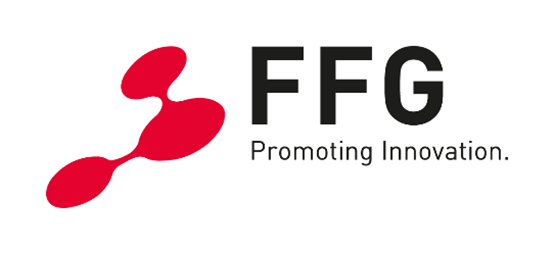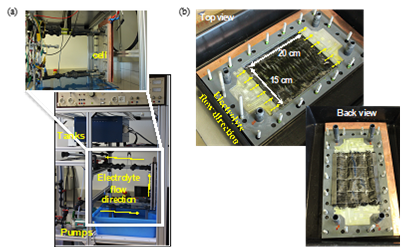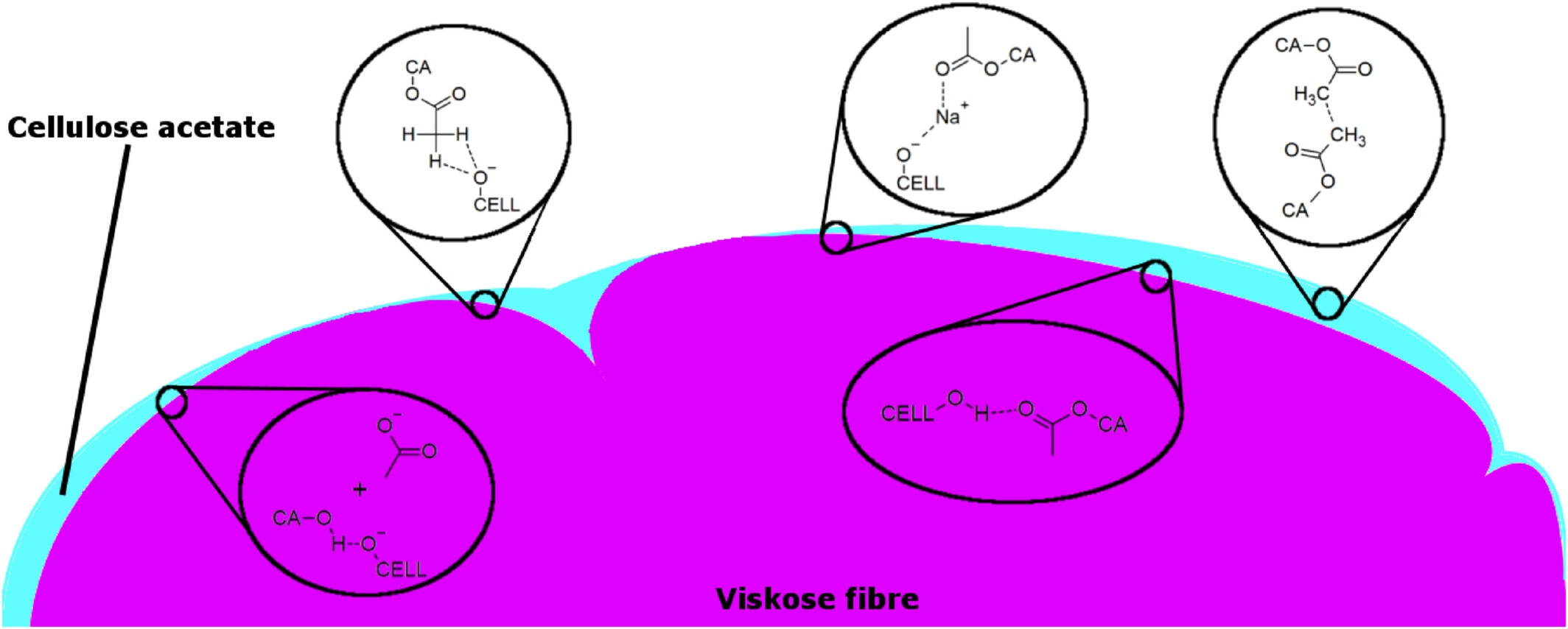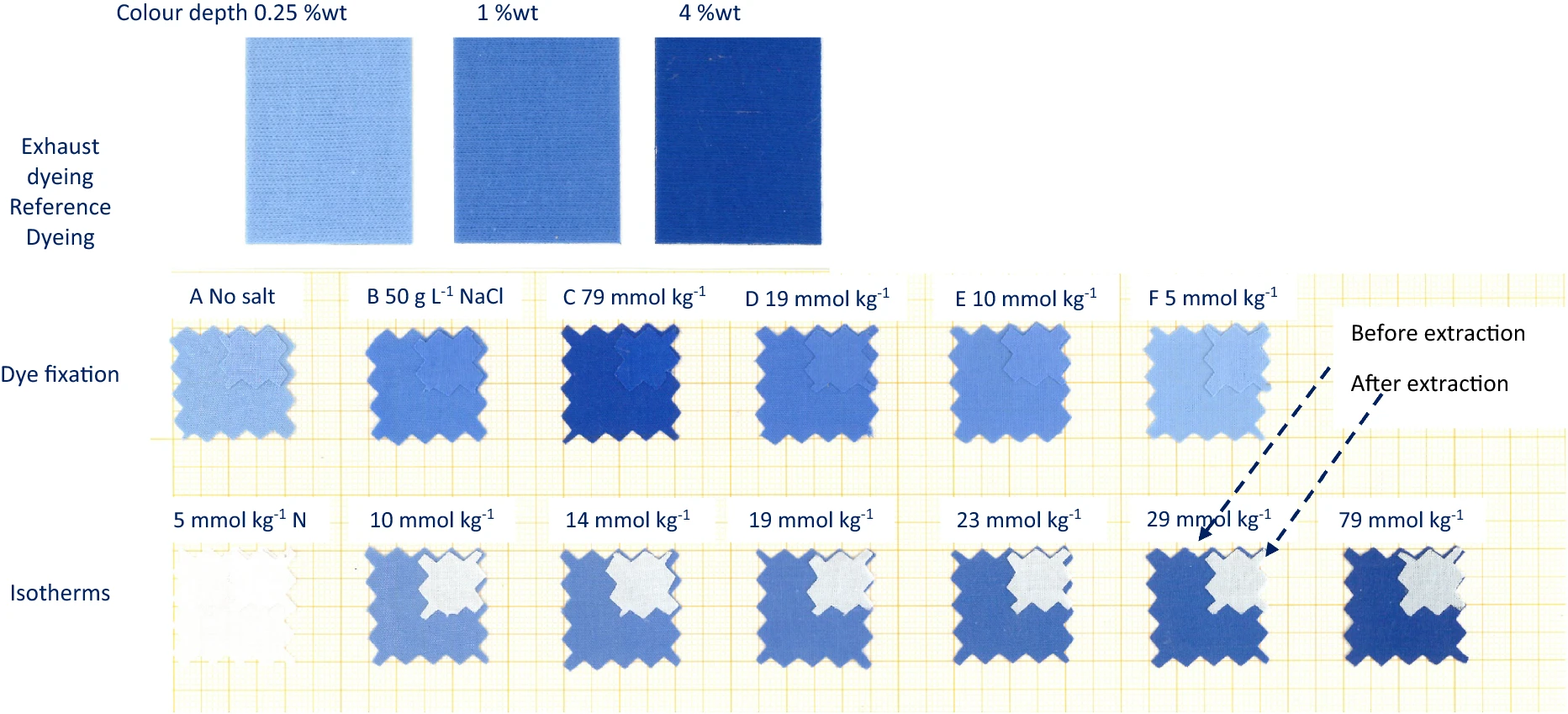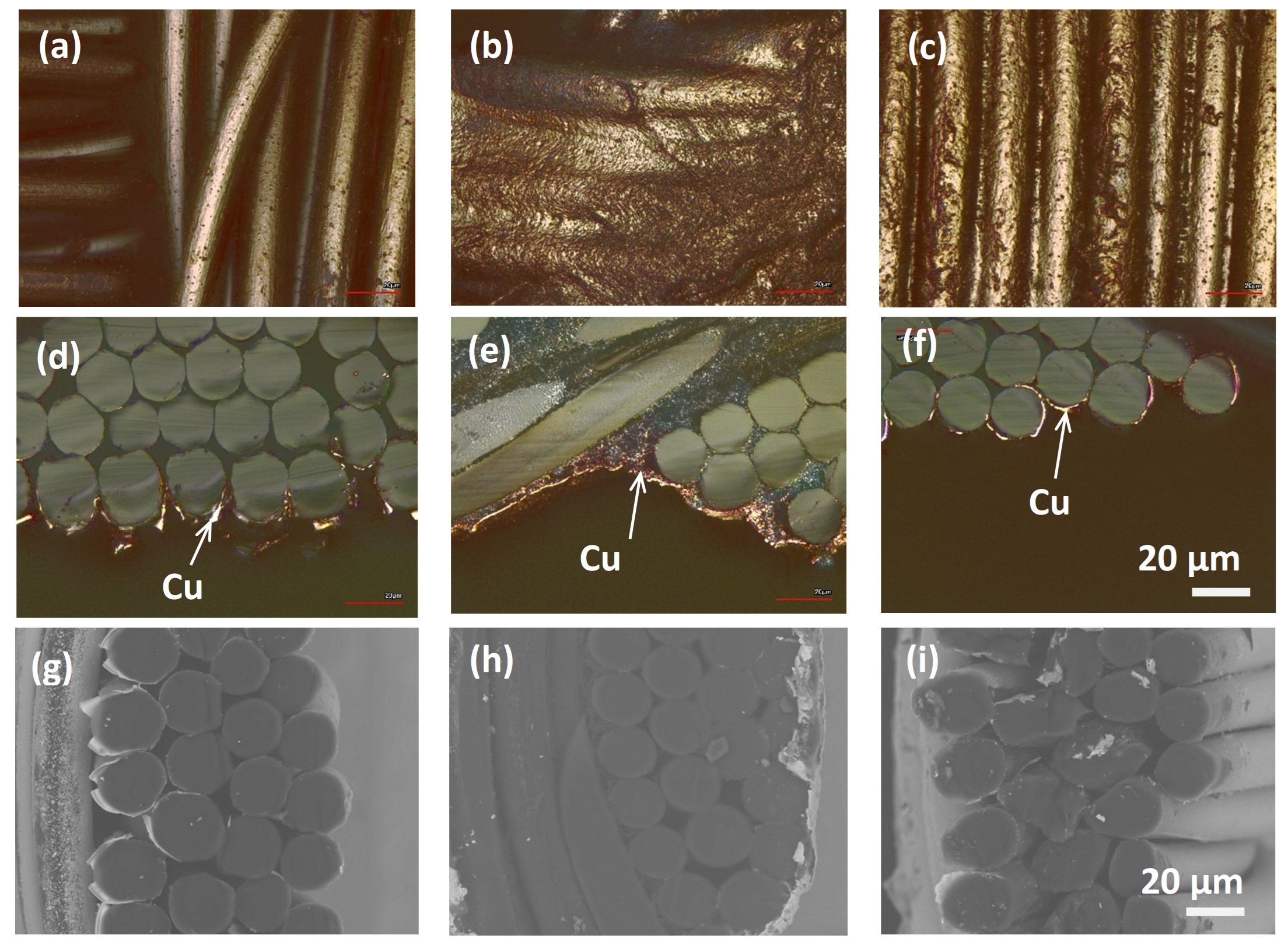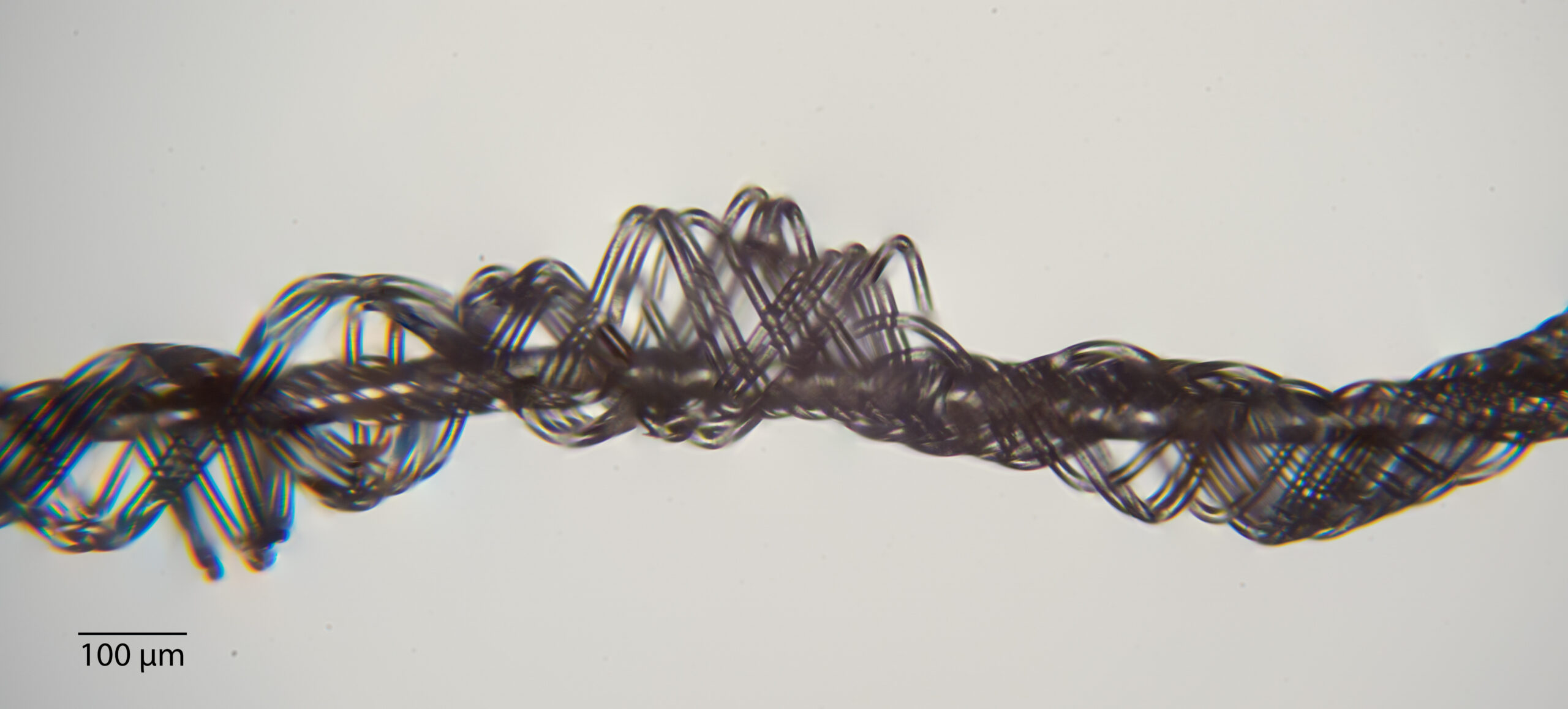TCCV2 - Textile Competence Center Vorarlberg 2
Programme: COMET – Competence Centers for Excellent Technologies
Programme line: COMET-Project
Type of project: Strategic project 2.1
Next generation of electrodes and electrolytes for energy storage systems
ENHANCING THE ATTRACTION OF CONDUCTIVE POLYMER BY ANCHORING SULFONATE GROUPS IN CELLULOSE FIBRES
Conductive polymers are deposited on a variety of substrates including textiles and have a broad variety of applications, such as supercapacitors, electrochemical gas sensors or corrosion protection.
With an expected market size of $5.55 billion in 2025 and a compound annual growth rate of 30.4 % from 2019 to 2025, the electronic textile sector is considered an emerging field with very high potential e.g. in healthcare for medical monitoring of physiological signals, in sports for guided training and rehabilitation of athletes, or in personal protection equipment.
Interfacial interactions are key to the development of high-performance coatings such as conductive polymer layers on fibrous materials. In this work, we present an approach of strengthening the interaction by forming ionic bonds between cellulose fibres and the conductive polymer layer by introducing a sulfonate group on cellulose fibres. The ionic bonds are formed between anchored sulfonate group and the positively charged precursor 3,4-ethylenedioxythiophene (EDOT), followed by the deposition and polymerisation of poly(3,4-ethylenedioxythiophene):sulfate (PEDOT:SO4) on the fibrous substrate surface. The conductance of the PEDOT:SO4 coated substrate with anchored sulfonate groups coated may be 1.7 times higher compared to the conductance of the unmodified cellulose substrate depending on experimental conditions. EDX measurements confirm the presence of sulfur and a shift of zeta potential at lower pH supports the evidence of the anionic anchored groups on the fibre surface. Our study therefore provides a new way to enhance the affinity of fibrous cellulose materials towards polymer conductive coatings.
PEDOT:SO4 coated fabrics under SEM/EDX (Copyright Univ. Innsbruck).
Publication:
Paul Mayer, Felix Netzer, Thomas Bechtold, Tung Pham, Enhancing the attraction of positively charged precursors of conductive polymer poly(3,4-ethylenedioxythiophene) by anchoring sulfonate groups in cellulose fibres, Polymer, 303 (2024) 127122, https://doi.org/10.1016/j.polymer.2024.127122.
Project coordination (Story)
Univ.-Prof. Dr. Tung Pham
Research Institute of Textile Chemistry
and Textile Physics
Universität Innsbruck
T +43 5572 28533
textilchemie@uibk.ac.at
www.uibk.ac.at/textilchemie
COMET-Project TCCV2
Research Institute of Textile Chemistry
and Textile Physics,
Universität Innsbruck
Hoechsterstrasse 73, A-6850 Dornbirn
T +43 5572 28533
textilchemie@uibk.ac.at
www.tccv.eu
This success story was provided by the consortium leader and by the mentioned project partners for the purpose of being published on the FFG website. TCCV is a COMET Project within the COMET – Competence Centers for Excellent Technologies Programme and funded by BMK, BMDW and the state of Vorarlberg. The COMET Programme is managed by FFG. Further information on COMET: www.ffg.at/comet

Austrian Research Promotion Agency
Sensengasse 1, A-1090 Vienna
P +43(0)57755-0
office@ffg.at
www.ffg.at

